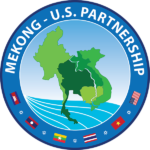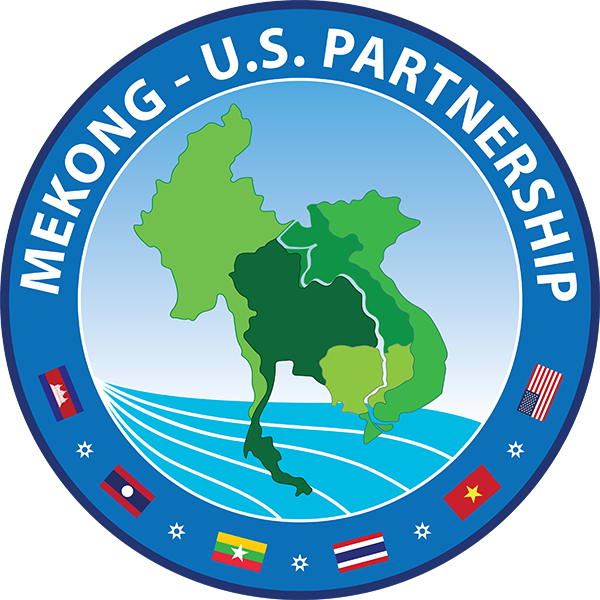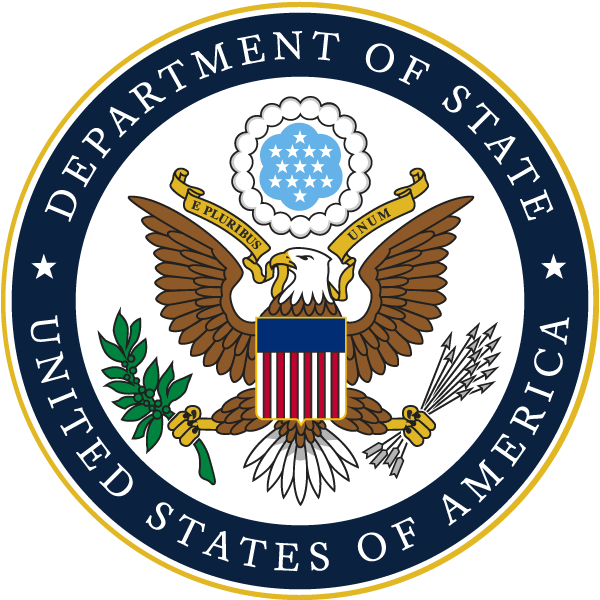Washington — Secretary of State Hillary Rodham Clinton says the Lower Mekong Initiative is seeking greater ways to help the countries along the Mekong River improve their infrastructure, education, health and environment.
The Initiative, launched by Clinton in 2009, includes Cambodia, Laos, Thailand and Vietnam. It is a subregional group begun to help build capacity. In 2011, the United States is providing $221.25 million in four core areas.
“In Cambodia in March, our nations drafted a Lower Mekong Initiative concept paper and plan of action, which lays out our principles and specific goals for the next five years under each of the four pillars, including targeting infectious diseases, fostering dialogue between environmental scientists and policy makers, and mobilizing private sector funding for infrastructure projects,”Clinton said at a meeting of the initiative’s foreign ministers July 22 on the Indonesian resort island of Bali.
“The Lower Mekong Initiative reflects the commitment of the United States to the well-being of the people and the long-term success of the nations in the Mekong River area,” she added.
For 2011, the United States is providing assistance for education totaling $3.25 million, $69 million for environmental programs, $140 million for health-care assistance, and $9 million for infrastructure development, a State Department fact sheet said.
But Clinton noted concern about projects to build dams on the main Mekong stem. “This is a serious issue for all the countries that share the Mekong River, because if any country builds a dam, all countries will feel the consequences in terms of environmental degradation, challenges to food security, and impacts on communities,” she said.
More than 60 million people in four countries live in the Lower Mekong Basin, which is an area of approximately 606,000 square kilometers in Southeast Asia. The Mekong River Commission has reported that climate change will most likely increase flooding throughout the region, which will in turn affect food production and food security.
The Lower Mekong Initiative was launched in July 2009 at the ASEAN forum meetings in Phuket, Thailand. The program’s objective is to promote the equitable, sustainable and cooperative development of the Mekong River, which is the world’s largest inland fishery and a transboundary resource, according to Timothy Hamlin, a research associate at the Washington-based Stimson Center’s Southeast Asia Project.
The region faces the twin challenges of climate change and its impact on the river’s ecosystems, and the impact of expanding populations, the Mekong River Commission says.
A sister-river partnership was announced between the Mekong River Commission and the Mississippi River Commission, which aims to improve the management of transboundary water resources. Work continues on the development of “Forecast Mekong,” which is a modeling tool to show the impact of climate change and some other challenges to sustainable development in the river basin.
By Merle David Kellerhals Jr.
Source URL: http://iipdigital.usembassy.gov/st/english/article/2011/07/20110722155134elrem0.9994928.html#axzz2ahG99fbj
 Mekong - U.S. Partnership
Mekong - U.S. Partnership


